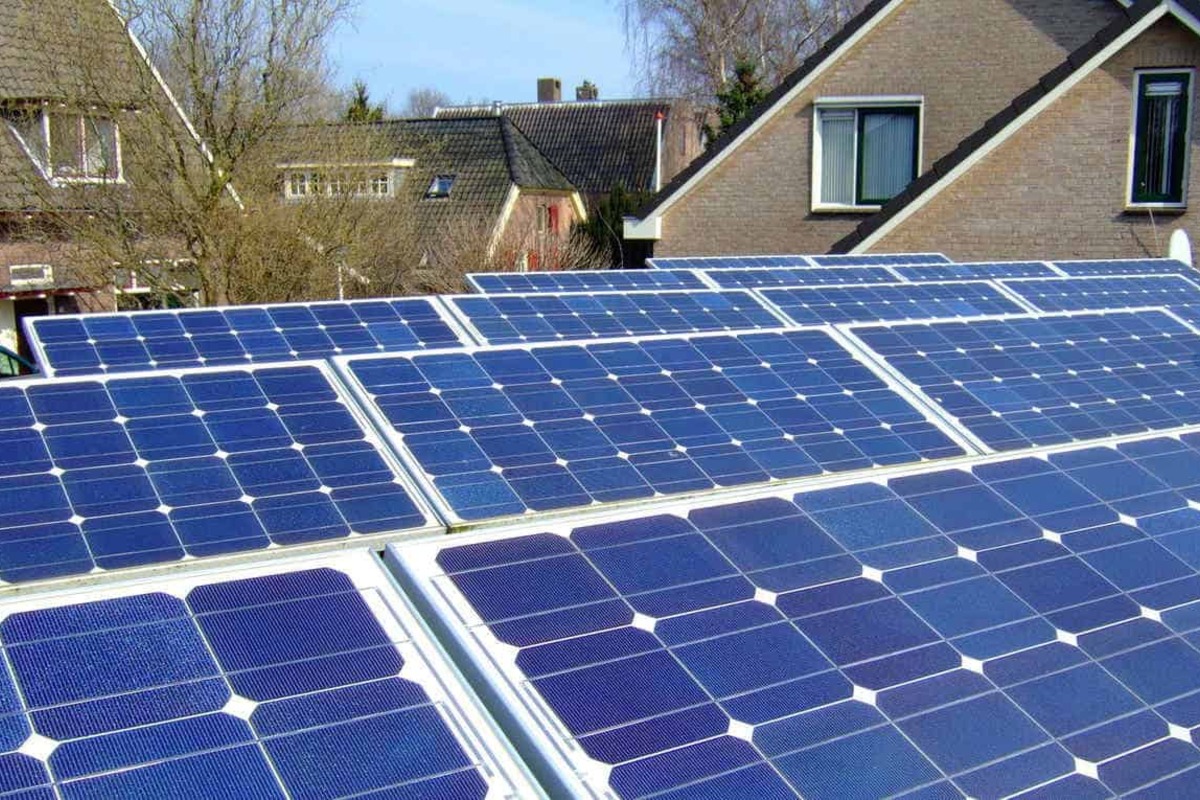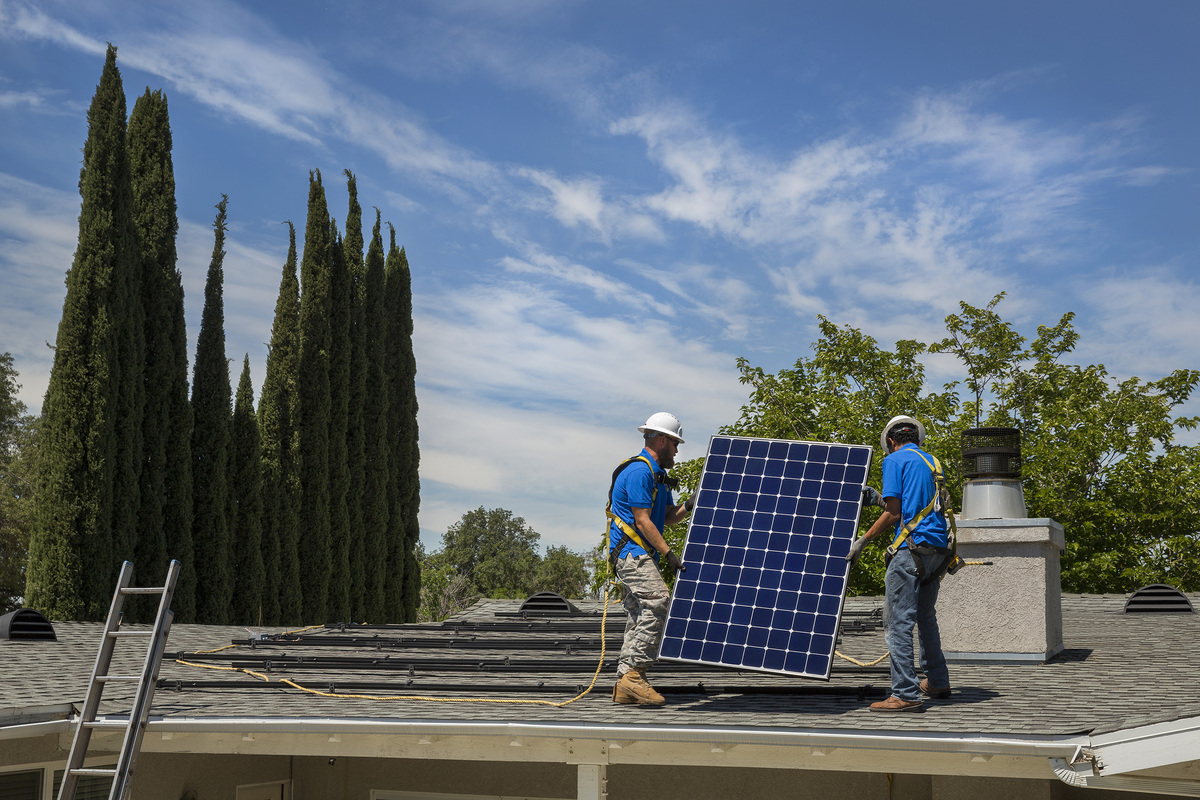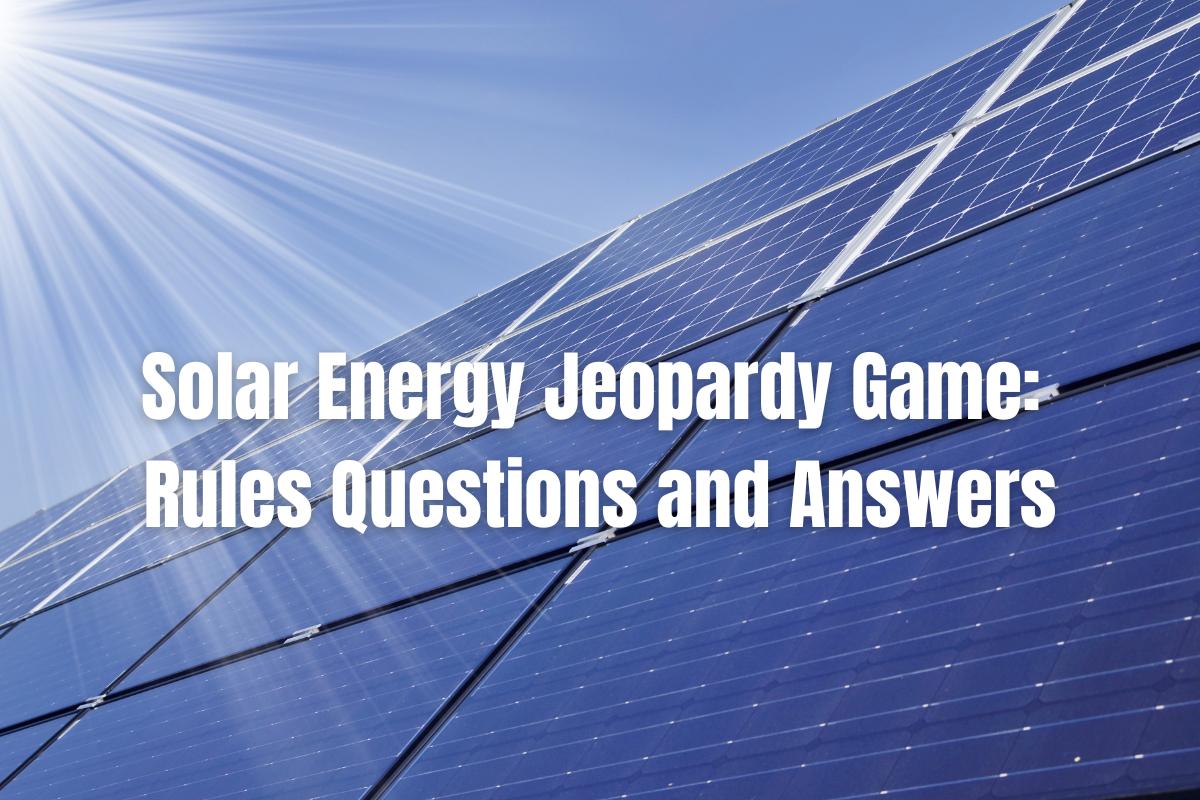To determine the viability of solar panels for your home, you have to first understand how they work.
Solar radiation, often referred to as electromagnetic radiation, originates from the sun in the form of light. Solar technologies, like solar panels, consist of numerous small photovoltaic (PV) cells that capture this solar radiation and convert it into practical energy forms. Silicon PV cells can maintain the necessary electrical imbalance for establishing an electric field and conducting electricity.
When sunlight strikes the semiconductor material and is absorbed by the PV cells as photons, it generates electrical charges in the shape of electrons. These electrons respond to an internal electrical field within the cell, prompting the flow of electricity.
This process underscores how solar panels harness sunlight and transform it into usable electrical energy.
How They Generate and Transmit Energy
The process of converting solar energy has gained widespread popularity worldwide and is anticipated to become the predominant energy source globally in the near future, as indicated by scientists and researchers.
Here are the steps involved in generating energy using solar panels:
Installation and Activation of Solar Panels
Solar panels are installed, usually on rooftops, and are primed to capture sunlight’s potent rays. When sunlight contacts the solar panels, it generates an electrical field that the panels harness.
Directing Electrical Current
Solar panels include a conductive wire around their perimeter, responsible for guiding the electricity generated by direct sunlight contact.
Conversion of Electricity
The produced electricity flows through the conductive wire and is directed to a crucial component known as the inverter. The inverter’s role is to transform the electricity from its initial form (DC electricity) into the form suitable for use as power, known as AC electricity.
This AC electricity powers lights, appliances, and more in homes and buildings.
Distribution of Electricity
Once raw DC electricity is transformed into usable AC electricity by the inverter, it’s sent via wiring from the inverter to an electric panel that distributes the electricity as needed. This panel, often referred to as a breaker box, is usually located near the house.
Integration with Utility Grid
Similar to how meters measure gas or oil usage, solar panels incorporate a meter to quantify the generated electricity. If your solar panels produce surplus electricity beyond your home’s requirements, this excess energy is sent through the utility meter and into the utility grid.
As excess electricity flows through the meter, it causes the meter to reverse, generating an electricity “credit” for your home. Consequently, you only pay for the solar electricity you consume, and solar energy proves to be more cost-effective than conventional energy sources.





